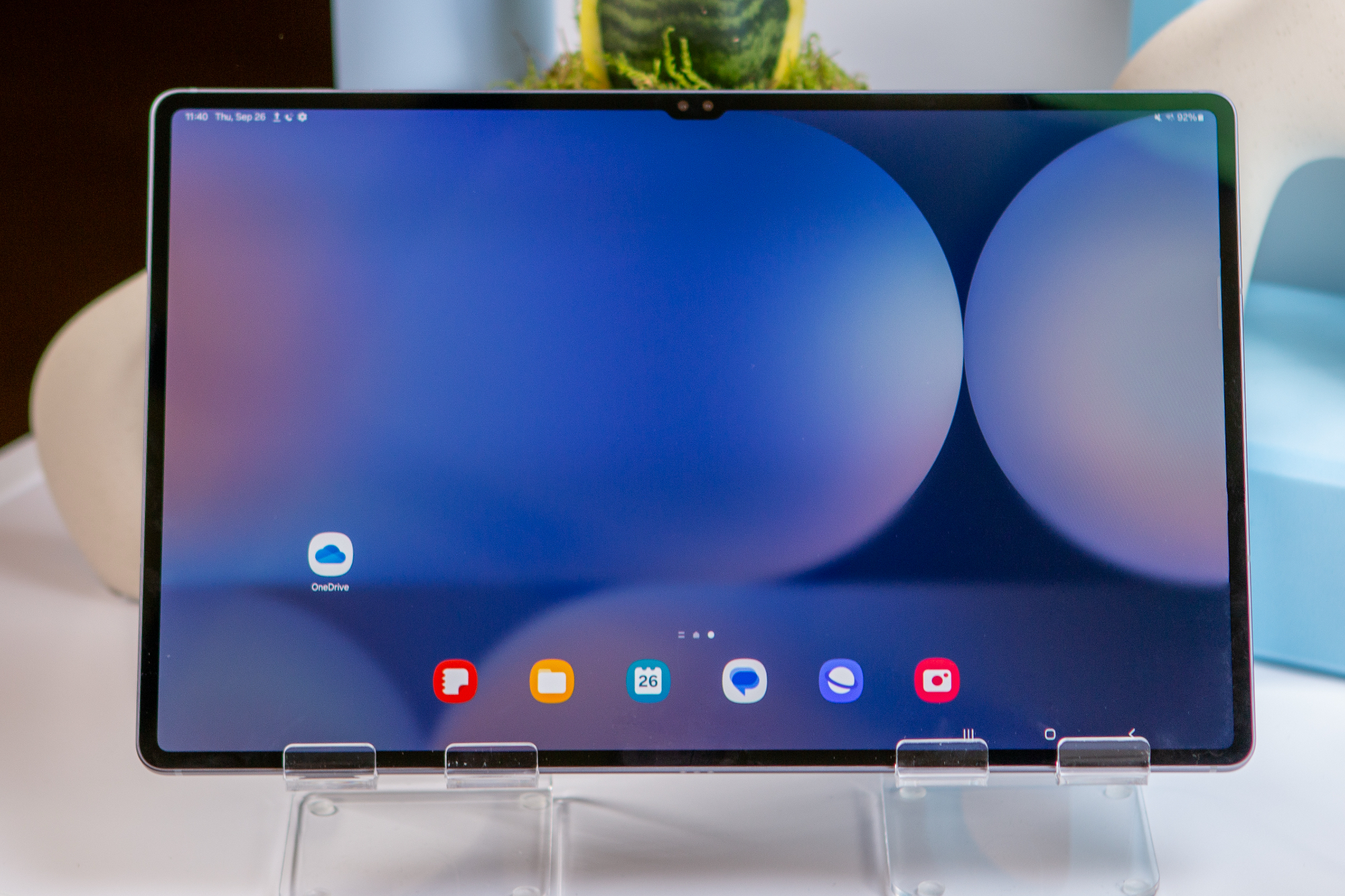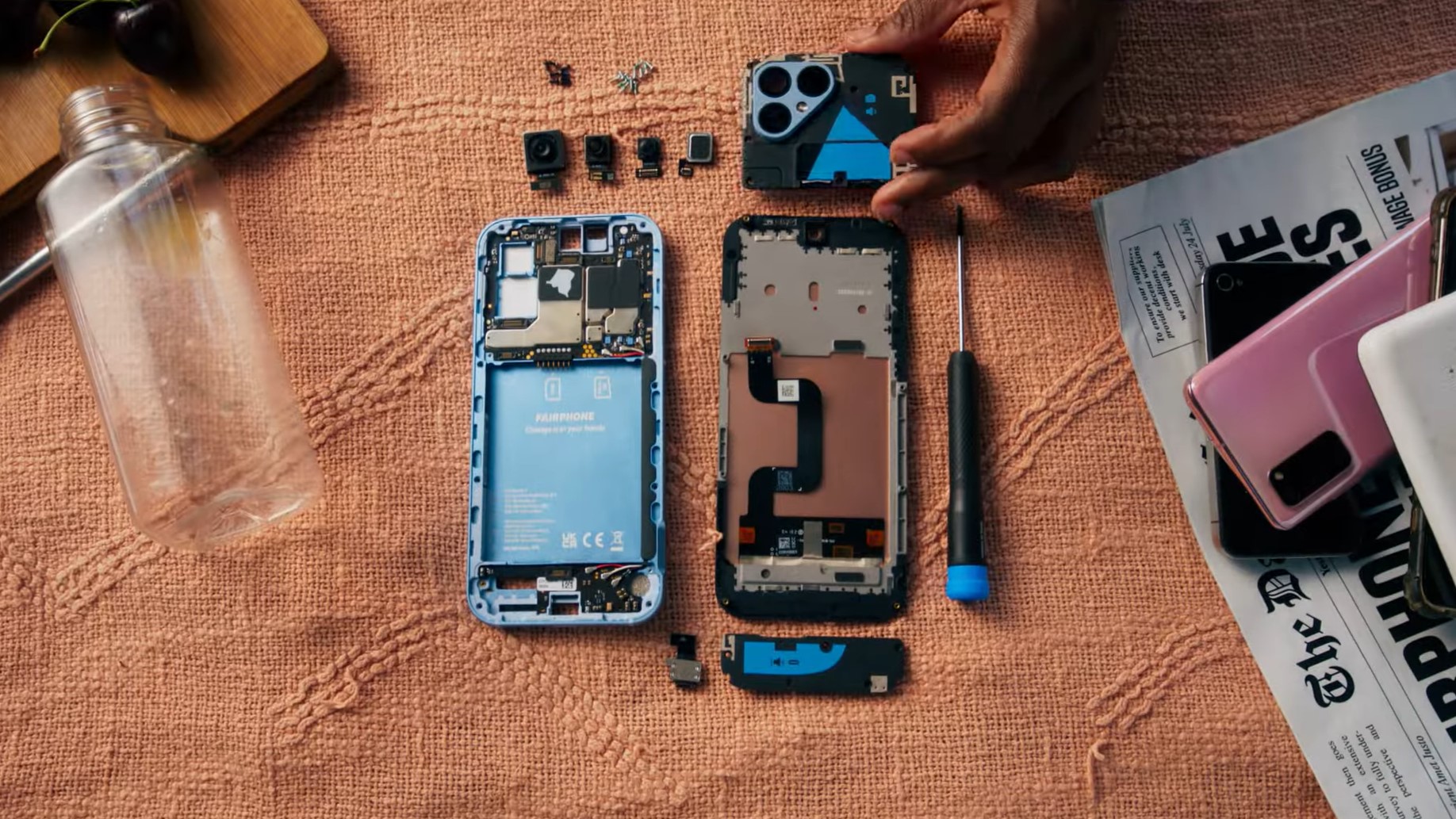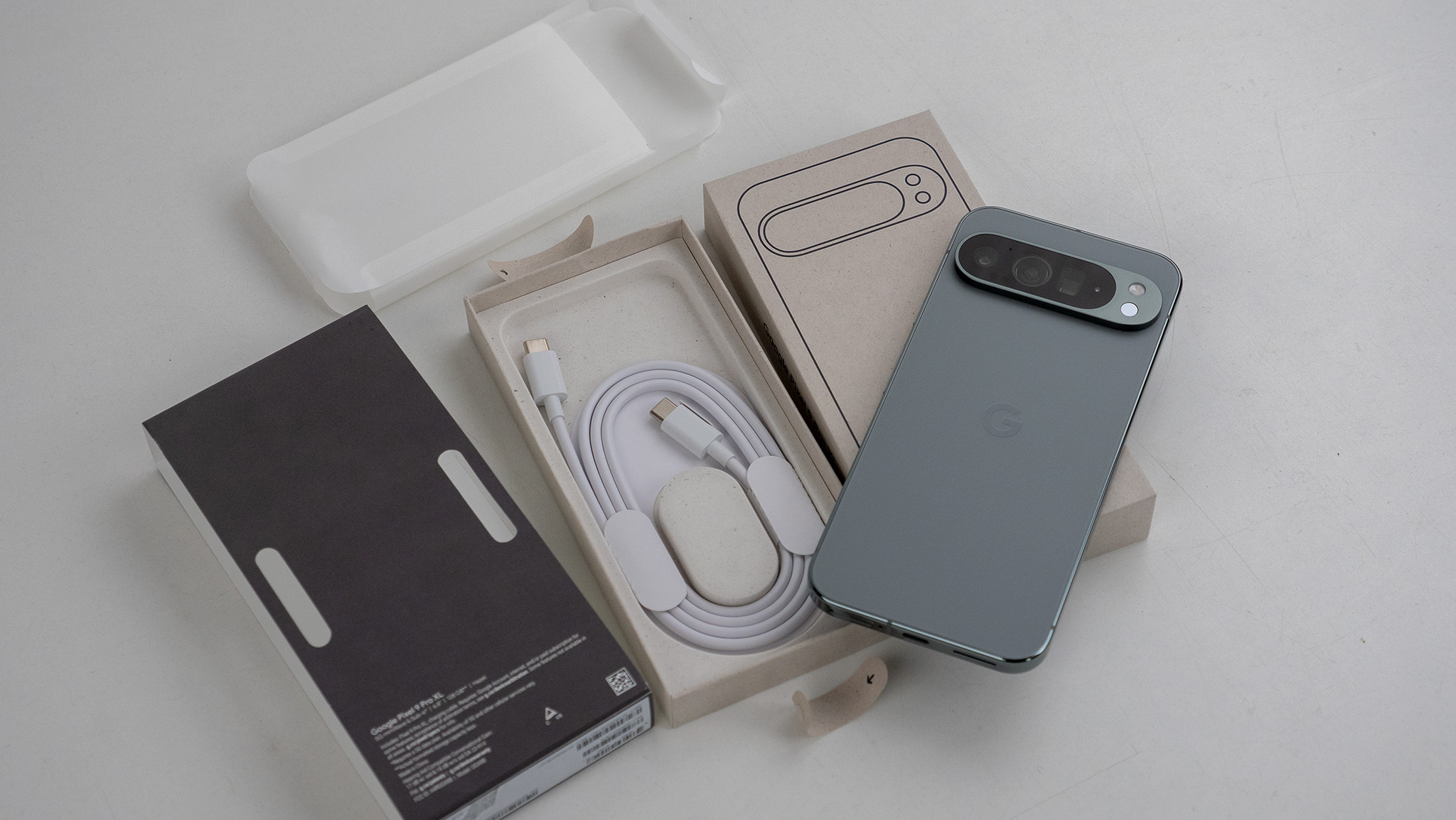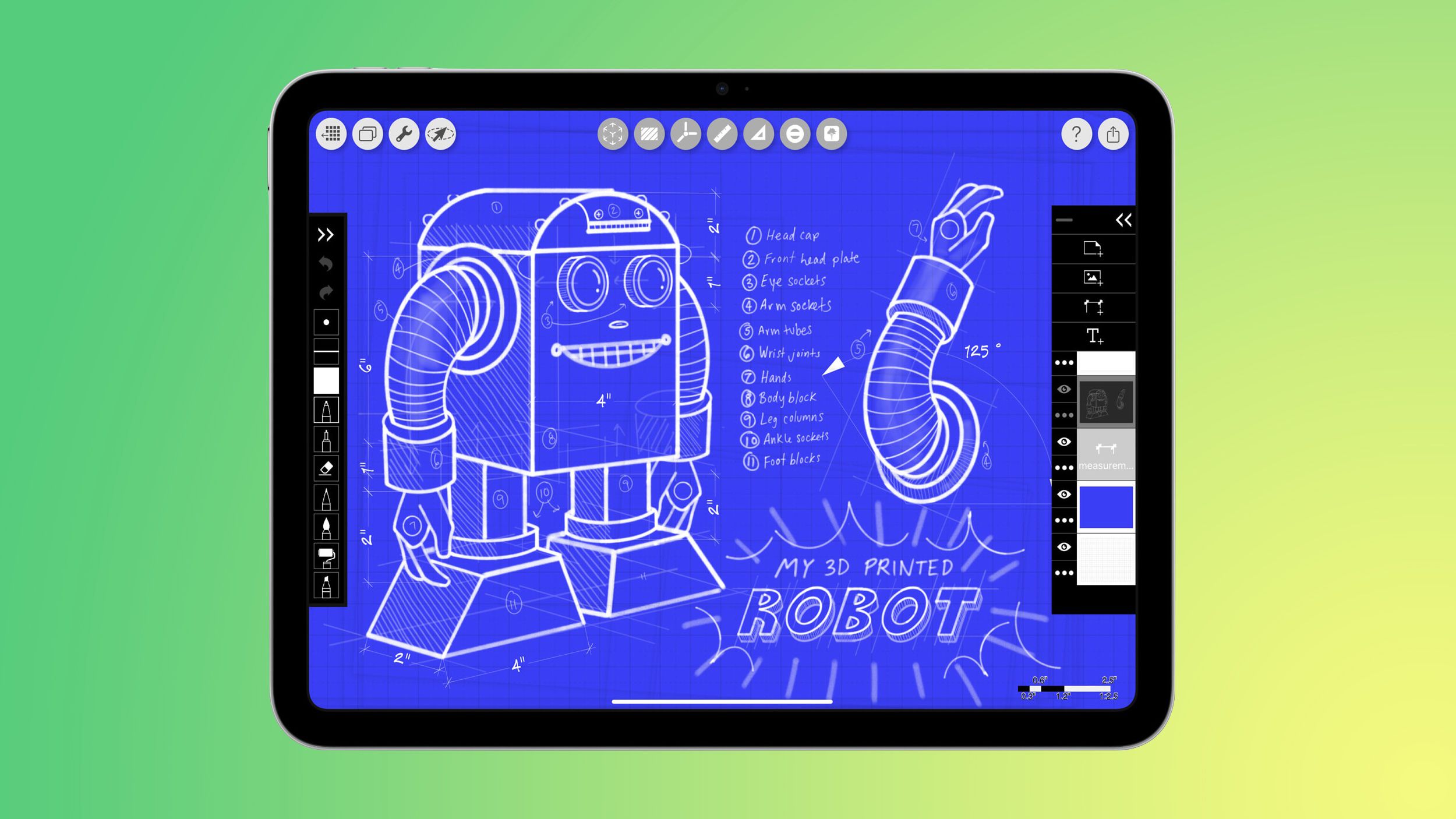Google Photos Unveils Ultra HDR Feature Enhancing Photo Vibrancy
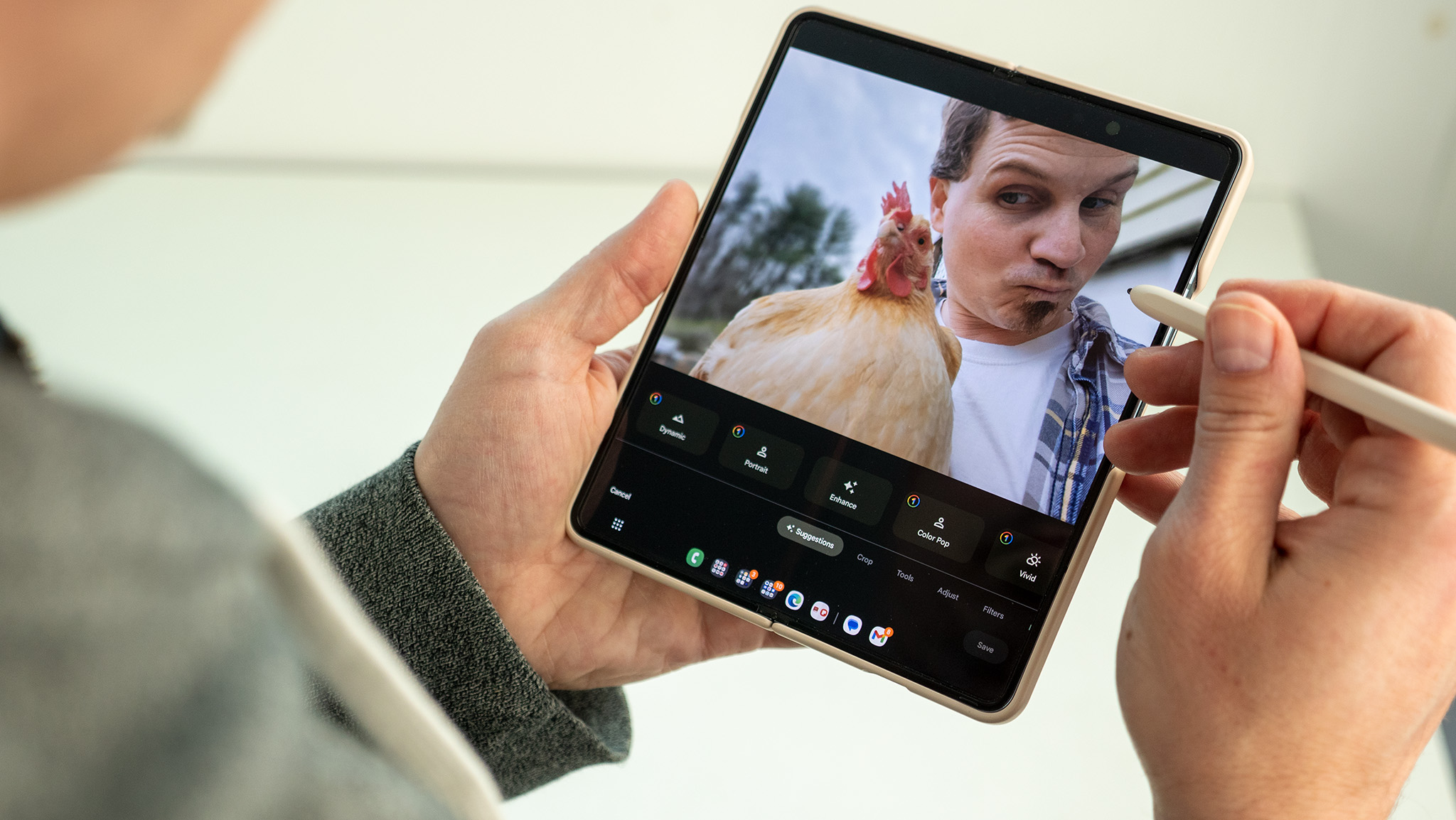
In a significant update for photography enthusiasts and casual users alike, Google Photos is preparing to roll out an innovative feature known as Ultra HDR. This enhancement will replace the previous HDR effect, aiming to amplify the brightness and vibrancy of images while offering a much richer viewing experience.
One of the most exciting aspects of Ultra HDR is its remarkable capability to breathe new life into older photos. Users will now have the opportunity to apply HDR effects to images taken at any point in the past, thus allowing them to rejuvenate their photographic memories with enhanced colors and brightness. This feature not only appeals to professional photographers but also to anyone who wishes to enhance their personal photo collections.
The update was first reported by Android Authority and is currently being released gradually. A select group of users has begun to gain access as part of version 7.24.0.747539053 of the Google Photos app. This server-side rollout indicates that the feature should soon be available to a wider audience across various devices, giving more users the chance to elevate their images.
For those who have a collection of older images that could benefit from a visual upgrade, Google Photos promises a transformative experience. The Ultra HDR feature extends beyond basic editing tools, allowing users to add HDR effects to previously captured images, regardless of their original settings or shooting conditions. This flexibility makes it a game-changer for users looking to refresh their photo archives.
This latest enhancement comes on the heels of Googles earlier groundwork, which included support for Ultra HDR in both Android 14 and Google Photos last year. The integration of a fully functional Ultra HDR editing tool within the app represents a significant advancement, enabling users to fully exploit the capabilities of this next-generation feature.
Within the app, users will find the Ultra HDR option conveniently placed in the Adjust tab, effectively replacing the older HDR functionality. When this feature is applied to an image, a new Ultra HDR tag will appear in the metadata, along with details such as resolution and file size. This metadata ensures users can keep track of the enhancements made to their images.
Interestingly, images modified with Ultra HDR may sometimes result in a smaller file size compared to the original. This is attributed to the use of a compact gain map rather than replicating the entire image. However, for users who wish to preserve the full details of their original files, it is advisable to maintain backups of the unedited photos. This precaution ensures that users do not lose any significant details or quality in their cherished images.
Ultra HDR represents a revolutionary approach to photo encoding, which allows for greater detail in images. The result is more brilliant highlights, deeper shadows, and a broader spectrum of colors that contribute to an overall more dynamic viewing experience. Moreover, another noteworthy feature is that it includes a standard dynamic range (SDR) version embedded within the same file. This means that even if the image is viewed on a non-HDR compatible screen, users will still see a high-quality representation of the image, ensuring versatility across different devices.
In summary, Google Photos' Ultra HDR feature not only enhances the viewing experience for existing images but also opens up exciting possibilities for users looking to revitalize their photo collections. As the rollout progresses, users can look forward to exploring the new capabilities that Ultra HDR brings to their photography.











